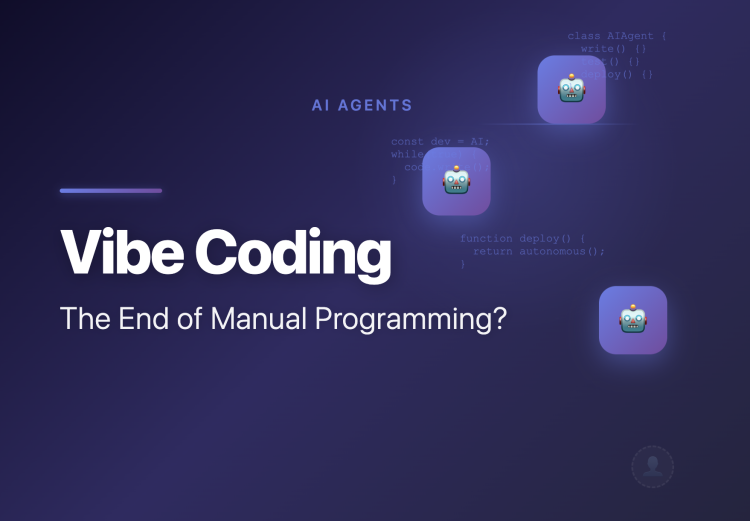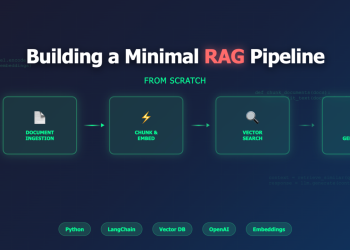Think of it as “prompt-driven software development.” You describe what you want (“Build a REST API for user onboarding with JWT auth and PostgreSQL”), and the AI generates the structure, boilerplate, and even business logic — continuously refining it as you chat.
💡 The “vibe” part comes from how fluid and conversational the process is — it’s like “vibing” with your AI pair programmer. Instead of typing syntax, you express goals, constraints, or feelings:
“Make it feel more modular.” “Use clean architecture with repository pattern.” “Speed is more important than perfection.”
The AI interprets this context and refactors accordingly.
🧠 The Tech Behind It (AI-Led Programming)
Vibe coding is powered by AI models fine-tuned for code understanding and reasoning, such as GPT-4, Claude, Gemini, or Mistral-Code. But the real innovation is in how these are embedded into development environments — turning IDEs into collaborators rather than editors.
⚙️ Key Enablers:
- Contextual Understanding
- Memory & Long Context Windows
- Auto-Architecture & Auto-Docs
- Conversational Debugging
💼 Why It Matters for CTOs & Engineering Leaders
- Productivity Shift
- Skill Evolution
- Team Dynamics
- Onboarding & Knowledge Retention
- Delivery Speed & Quality
⚠️ Challenges & Caveats
ChallengeWhy It MattersMitigationCode AccuracyAI may produce incorrect logic or insecure code.Always validate through tests and human review.Context DriftLong projects can lose context fidelity over time.Use persistent memory and structured prompts.IP / License RisksModels may generate code from unknown sources.Use enterprise-grade AI tools with audit trails.Skill GapsNot every dev is comfortable prompting.Train devs in AI-assisted workflows.
🔮 The Future of Vibe Coding (2025-2030)
- Full Lifecycle Agents – AI that not only codes, but also runs tests, deploys builds, monitors metrics, and self-heals bugs.
- Prompt-as-a-Spec – Traditional PRDs replaced by natural-language specs that the AI reads and implements directly.
- “Code OS” Era – IDEs like Cursor or Windsurf will act as full project managers — generating code, docs, commits, and pull requests autonomously.
The future dev team might look like: 👩💻 5 human engineers + 🤖 20 AI agents — all vibing together.




Discussion about this post